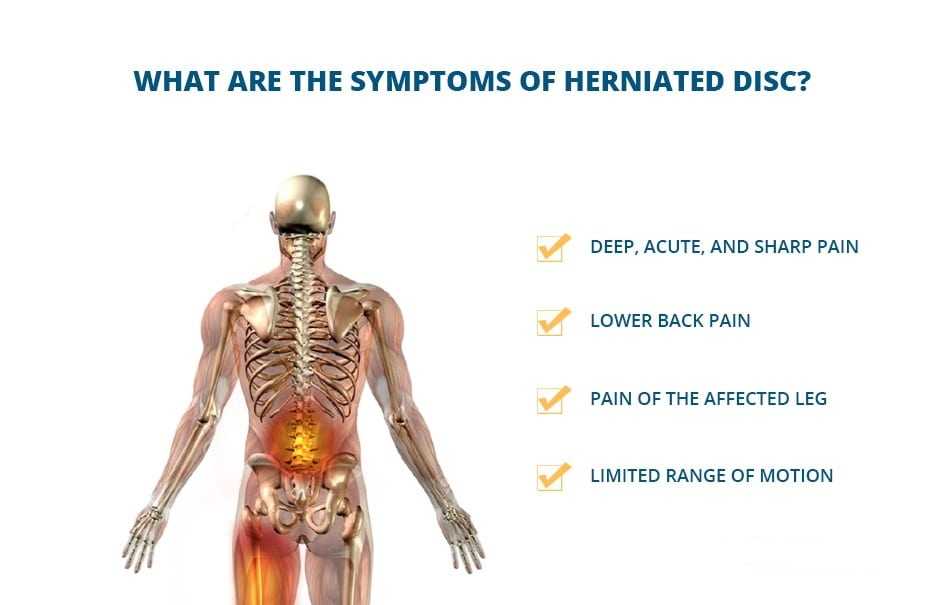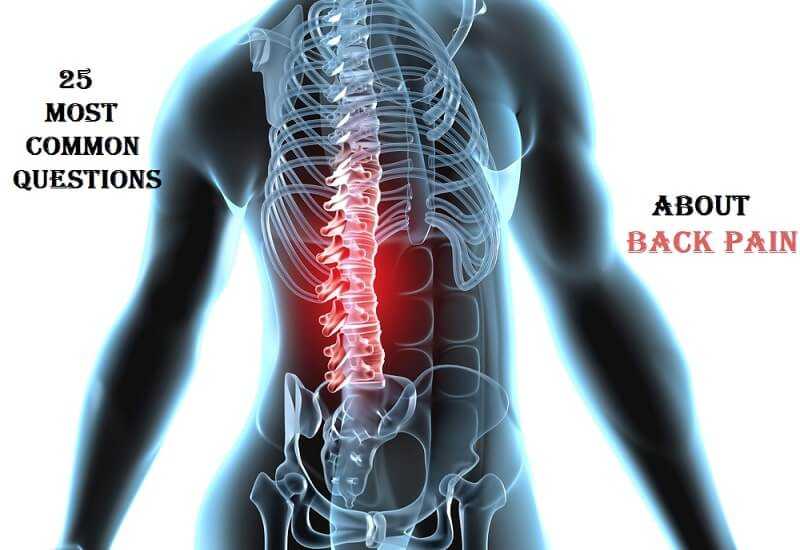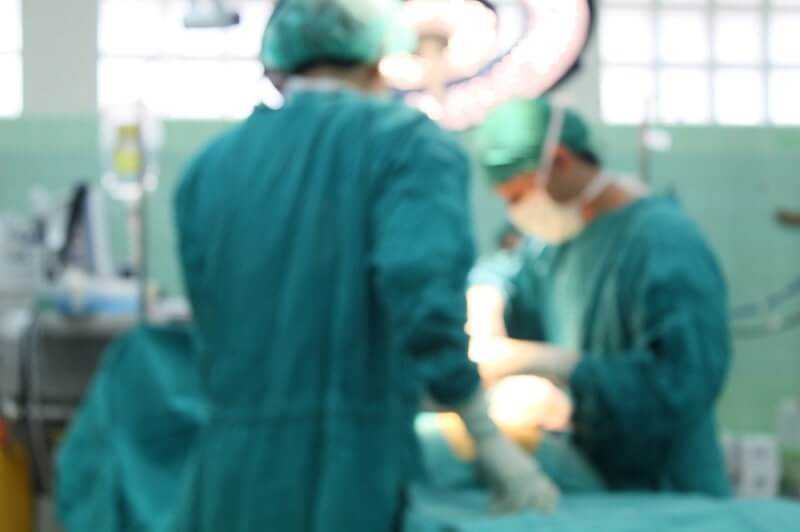What is Discectomy ?

Discectomy is a surgical procedure to remove a herniated or damaged disc from spinal cord. The purpose of discectomy is to cure the symptoms caused by pressure that created by a herniated disc placed on spinal cord.

Discectomy is not necessary for everyone who has a herniated spinal disc. For only ten percent of patients need discectomy. Discectomy is used when old kind treatments like medicine and physical treatment fail to heal symptoms caused by a herniated disc.
Depending on disease, doctors may use a method of discectomy named as microdiscectomy. In this method, microdiscectomy, smaller or thinner incisions are applied than a standard discectomy. This method has several advantages; less pain, smaller surgical wound and staying in hospital for a shorter time.
For What Reasons
Discectomy Applied?
Discectomy is used to relieve pressure of a herniated disc (at the same time, it is called as prolapsed disc) placed on spinal nerve. If these conditions listed below are observed, doctors may suggest discectomy:
- If the symptoms continue after six weeks used some traditional treatment like medicine and physical treatment methods
- If there is a broken disc which creates pressure on a nerve in spinal canal
- If a person has some difficulties when walking or stand
- If pain is spreading to legs or hip.
What Are Possible Risks About Discectomy?
Discectomy is generally a reliable procedure. However, it has also some complication risks like some other surgical operations. Some possible complications are listed below:
- Bleeding
- Infection
- Decreasing of spinal fluid
- Damaging nerves or vessels inside or around spinal cord.
- Damaging the layer surrounding spinal cord.

How to Prepare For Discectomy?
Before the operation, avoiding eating and drinking for some time. Doctors may offer some instructions.
During Discectomy About Process?

Doctors usually apply general anesthesia for discectomy, therefore, patients are unconscious during the operation. Medicine for anesthesia may be given by using a respirator or injecting as fluid to vessels.
During the operation, doctors observes patients’ heartbeat, blood pressure and oxygen in their blood by using a wristband and monitor which it’s cables connected to patients’ breast. After patients lose their conscious:
- Doctors gash on herniated disc and separate back muscles from spinal cord as much as possible. A small portion of bone and connective tissue may be taken in order to reach herniated disc.
- Some tiny tools are used to take herniated portion of disc or prolapsed parts. The most effective way is getting only the portion of disc causing pressure on nerve and leaving most of the disc.
- In some cases, if it creates pressure, removing a small part of spinal cord named as facet joint may be necessary.
- Doctors close the wound using staple or stitching up
Microdiscectomy is similar to standard discectomy except using a special microscope enabling making very small cuttings on bone, muscle and skin placing on a herniated disc or using some magnifying lens.
After Discectomy
After the operation, patients are taken to observation room where the complications resulting from surgical operation and anesthesia are observed by staff. Doctors may offer some medicine to relieve pain. Discectomy does not ensure disappearing symptoms of herniated disc immediately but this can be seen as time goes on.
Patients may go their home on operation day but in some cases this could take some more time.
For three weeks after discectomy, patients should avoid some activities including lifting and bending.
Depending on how much your job including lifting, bending and sitting activities, returning your job may take 2 to 6 weeks.
Results
Discectomy relieve symptoms of herniated disc for 80 to 90 percent of people having these symptoms. Success rate of microdiscectomy is almost equal to standard discectomy.
After all, discectomy is not a definite treatment. Because it cannot stop herniating a disc from the beginning. In order to protect spinal cord from injuring again, doctors offer some restrictions to activities including excessive and repetitive lifting or bending.




